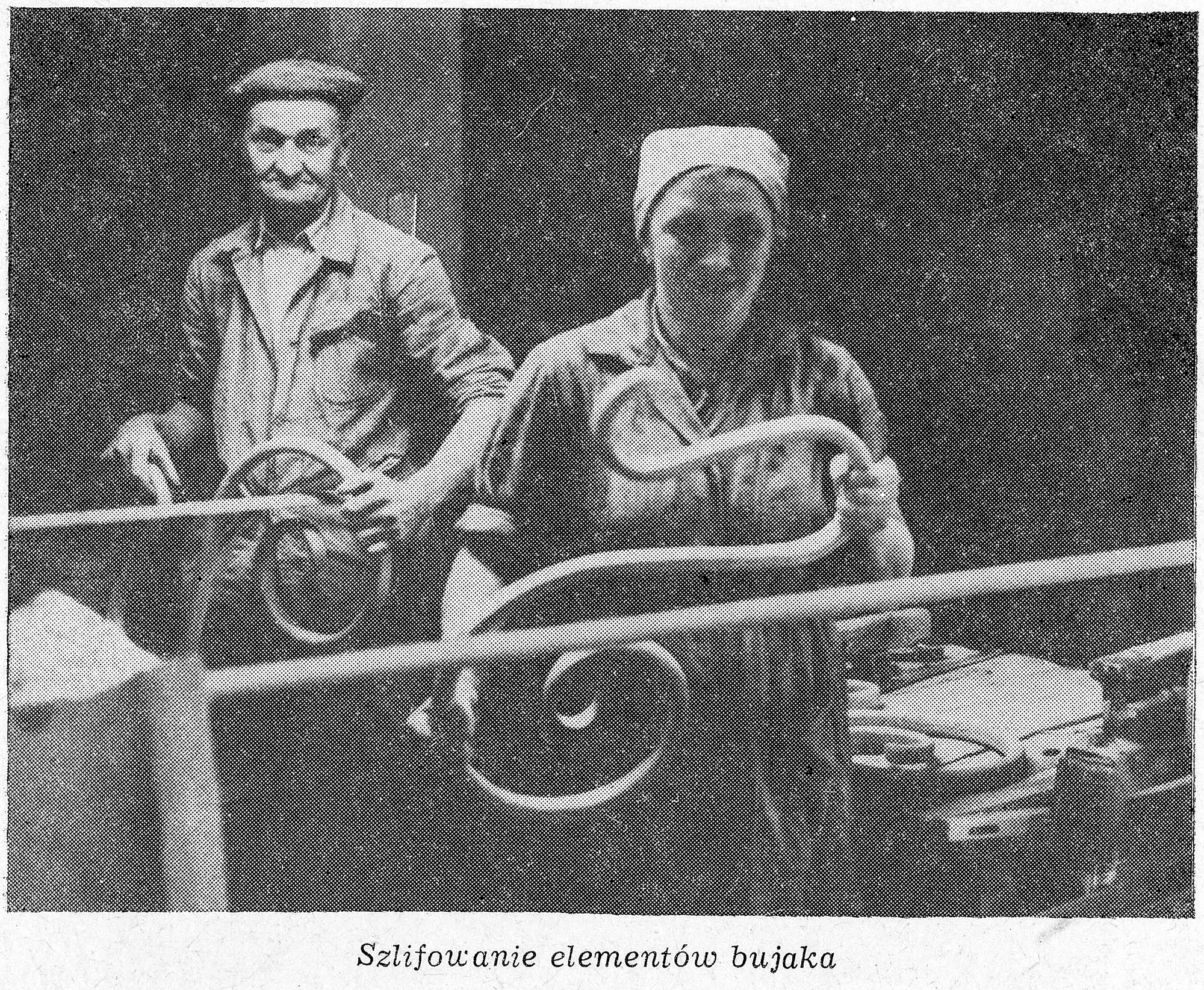Historia
Sukces marki Paged to fascynująca opowieść o ponad 140-letniej historii, w której kluczową rolę odgrywa technologia ręcznego gięcia drewna. Setki mistrzów, pracujących w fabryce w Jasienicy przez dziesięciolecia, wnieśli swój wkład w rozwój firmy. Innowacyjne podejście do współpracy z ambitnymi i cenionymi projektantami zaowocowało stworzeniem kultowych mebli i obecnością marki na ponad 40 zagranicznych rynkach.
Historię zaczynamy od Michaela Thoneta, założyciela warsztatu stolarskiego w 1819 roku, który w 1859 roku zaprojektował jedno z najbardziej ikonicznych krzeseł na świecie – Krzesło nr 14. To krzesło, na którym komponował, Brahms a Le Corbusier rysował nowoczesne konstrukcje, i które obecnie odświeżyliśmy wraz ze Studiem Iskry w kolekcji AlterEgo projektując modele Fuoco Blu i Fuoco Arancia.
Kluczowe momenty w historii:
- 1881 – Powstaje fabryka mebli giętych w Jasienicy, założona przez Josefa Hofmanna, kupca z Zabłocia, który przekształca wcześniej nabyty jasienicki tartak i fabrykę zapałek w Bielsku w fabryki mebli giętych.
- 1923 – W roku 1923 zbiega się historia fabryki w Jasienicy oraz firmy Thoneta. Akcje rodzinnej firmy Thoneta kupuje Mundus – dotychczasowy konkurent słynnego technologa. Nowy właściciel wchłania również fabryki nienależące do koncernu Thoneta i w ten sposób powstaje jedna organizacja pod nazwą „Thonet – Mundus”. W jej skład wchodzi jasienicka fabryka.
- 1931 – Zostaje zawiązana spółka o nazwie „Polska Agencja Eksportu Drewna” Spółka z ograniczoną poręką. Rok później zmienia nazwę na „PAGED – Polska Agencja Eksportu Drewna”.
- 1951: Powstaje Centrala Handlu Zagranicznego PAGED, której zadaniem była sprzedaż na rynki eksportowe produktów polskich producentów szeroko pojętej branży drzewnej, tj. meblarskiej, tartacznej, sklejkowo-płytowej i papierniczej.
- Lata ’90 – prywatyzacja większości przedsiębiorstw państwowych z branży drzewnej; Centrala Handlu Zagranicznego Paged Sp. z o.o. staje się spółką akcyjną Paged S.A. i buduje holding produkcyjno-handlowy,
Dzisiaj – Meble projektowane i produkowane przez Paged są efektem znajomości tradycyjnego rzemiosła, na które, oprócz solidnego wykonania, składa się myślenie o użyteczności, trwałości i wzornictwie. Wygląd większości mebli ewoluował przez lata, zmieniało się podejście do ergonomii i środowiska, pojawiły się nowoczesne technologie. Jednak proces wytwarzania mebli, choć z pomocą maszyn, nadal nie może obejść się bez ludzi. Każdy kawałek drewna jest inny i żaden proces technologiczny tego nie zmieni.

